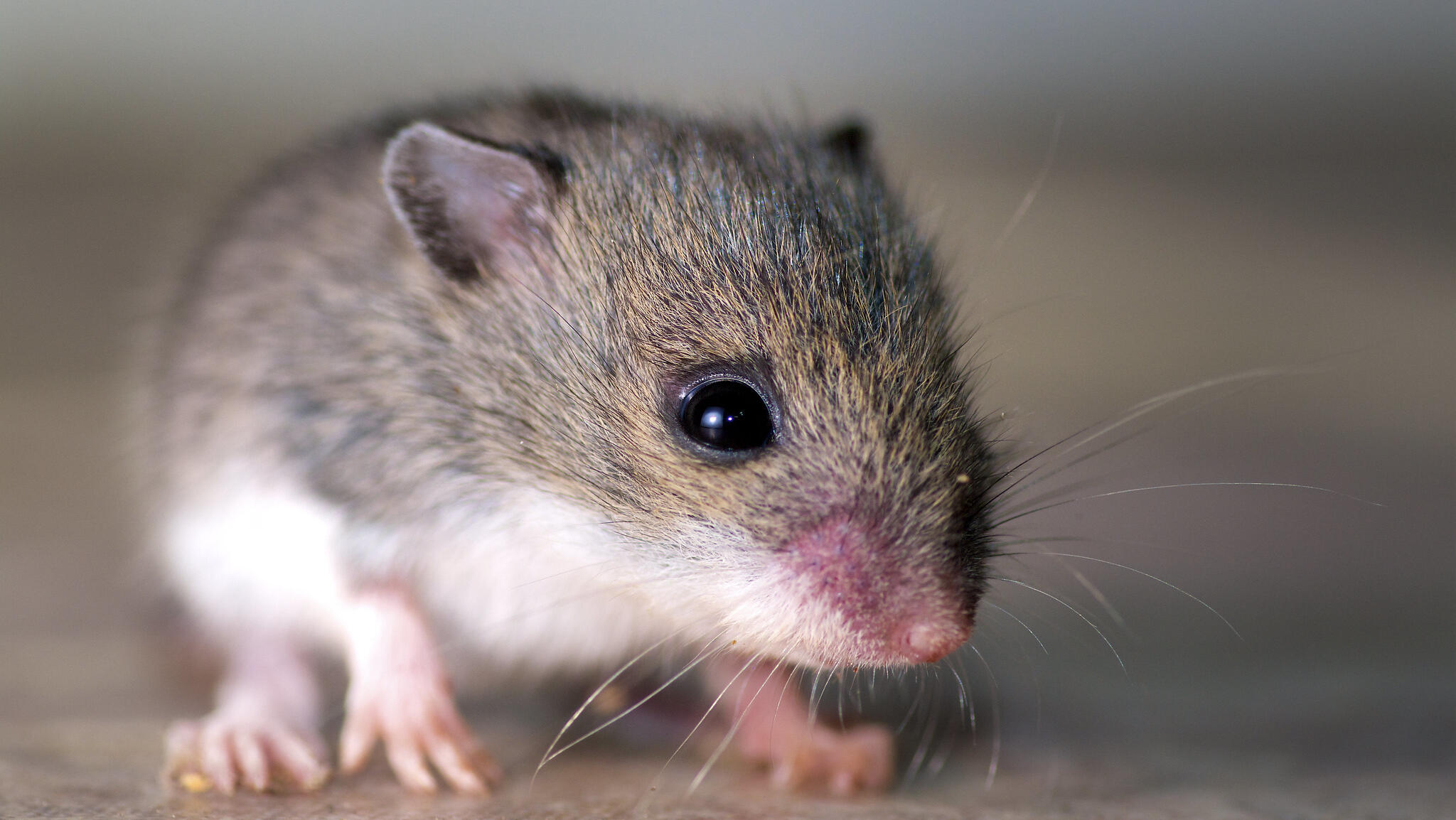For the first time, scientists have been able to create mouse stem cells from a single-celled organism.
In the findings published in Nature Communications, an international team of researchers used a gene found in choanoflagellates, a single-celled organism related to animals and a protist, to create stem cells that produced a living, breathing mouse.
The study was conducted by Dr Alex de Mendoza from the Queen Mary University of London in collaboration with researchers from the University of Hong Kong.
This discovery has challenged the longstanding belief that genes evolved and exclusively existed in animals, due to the splitting of cells.
“The molecular tool kit of stem cells is much older than we thought previously,” Ralf Jauch, a study author and stem cell biologist at the University of Hong Kong said.
“These molecular tools are older than animal stem cells themselves.”
Choanoflagellates were used as they are the closest living relatives to animals and their genomes contain versions of of genes SoX and POU, which are known for driving the cellular potential to develop into any cell type within mammalian stem cells.
In addition to learning about how we evolved to be multicellular, Jaunch said these findings can make better cell models to help revert ageing or cure diseases.
The team eventually introduced the genes from the choanoflagellates into the mouse cells and successfully reprogrammed the cells to a stem cell state.
To check that it worked, they injected the reprogrammed cells into the mouse embryo and found the mouse grew to have characteristics from the original embryo as well as lab-induced stem cells with genetic markers like dark eyes and black fur patches.
“We can swap pieces with critters that we just don’t seem to have anything to do with them,” de Mendoza said.
“Then suddenly, they can be used to make things that we consider to be very complicated and very essential.”
